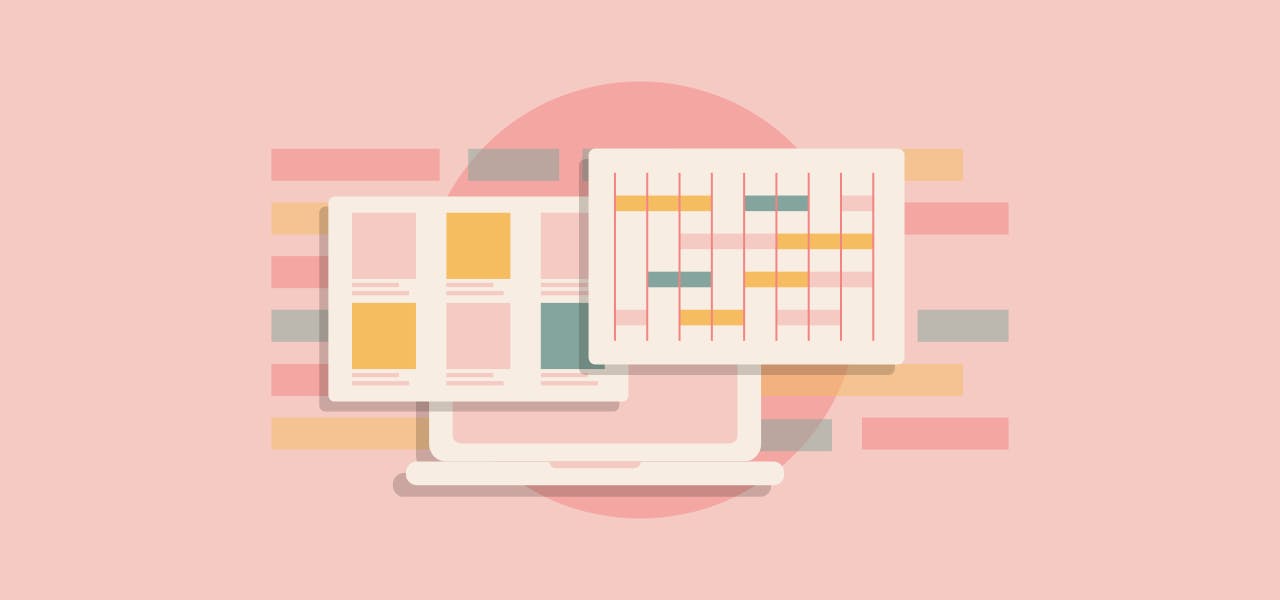As far back as elementary school, we were taught about the essential components of having a plan before beginning an essay or story. This structure evolves into high school and higher education institutions when the assignments expand to research papers. The majority of us argue against the need for a plan when it’s so much easier to fly by the seat of our pants. But by the time you’re formulating your own research as a scholar, you’ve learned that without a plan, you will end up wasting a lot of time, energy, and effort on redundancy and confusion.
Going into a research project without a plan is planning to fail before you even get started. That’s why so much of a scholar’s education revolves around project management techniques. Not every method works for every person or every experiment, however. As you use the trial-and-error way of determining your favorite management processes, don’t forget to try the storyboard approach. It’s a common technique used by researchers and big businesses all over the world as an approach to organizing their work visually.
When No Plan, or a Failed Plan, is the Norm
When it comes to organizing a project, report, or article, if there’s unconventional and informal approaches to how this is done, there are almost always consistent consequences. You may know what to expect because you’ve done it all before and you know what the formal structure of your research report looks like. But every project is different, so even though you know the guidelines, you don’t know the content and you won’t until much later.
Even worse, you know the ultimate deadline, but you have no idea how you’re going to reach it. You’re playing each step by ear, not thinking about the parts that will take longer or need extra hands to complete.
Without a plan, or with a plan that wasn’t thoroughly thought out, the entire project schedule often gets distorted. People with roles in the project aren’t clear about what those tasks include or when they are expected to have them completed. They don’t know how their part is integral to the whole, and they may neglect pieces that are necessary for another aspect of the experiment to work.
Plans are especially crucial when there is a team involved. Without a solid, agreed-upon framework of structure, the project can be destroyed under the weight of everyone’s confusion and mixed up deadlines and agendas.
The Benefits of Using a Storyboard Approach
This nightmare in research is why project management techniques like storyboarding are necessary. This approach is used in small businesses as they attempt to set and reach goals, huge corporations as part of their overall processes, and even the film industry. In research, it takes the big picture of a project and the deadline and breaks it down into visual steps.
The benefits of using storyboarding techniques like the Gandt method include advantages such as:
● Aiding with budget analysis, since each step is broken down into small pieces that can be attached to a cost variable.
● The entire project can be seen in the big picture scale and then each part of the process can be analyzed for potential problems and setbacks from multiple perspectives.
● It helps to solidify the steps necessary to reach the conclusion in ways that are concrete but not costly.
● By working step-by-step, researchers can plan for the resources they’ll need at each juncture, determine where they will attempt to generate those resources from, and find ways to cut costs and time as necessary.
● Listing out each step in the process visually lets others have the opportunity to come up with better ideas for what could otherwise be a difficult aspect to overcome.
Possibly more importantly than any of these benefits is the impact storyboarding has on the understanding of every team member’s role in the project. Each person involved knows exactly where their duties are, what tasks they must achieve, and the surrounding steps that are necessary for them to get to their point. They see how their part is integral to the whole and have a better feeling of importance to the entire experiment.
With storyboarding, your organized research is more likely to be successful throughout every step of the process because you’ve planned ahead for obstacles.
Using Impactio to Boost Your Efficiency
Time management techniques like storyboarding help you to reach your goals and deadlines are crucial soft skills. As a researcher, if you want to be successful in your personal and professional life, you must learn how to manage your time efficiently. Storyboarding is one way, but the program you choose to use to put your academic writing together is a big part of the process. That’s why so many researchers turn to Impactio.
Impactio is an all-in-one platform that was designed to streamline the tasks that go into putting together academic papers. With all the tools you need to be productive and get your work published in one easy-to-use program, you are efficiently managing your time, staying organized, and increasing your chances of impact just by using Impactio!
